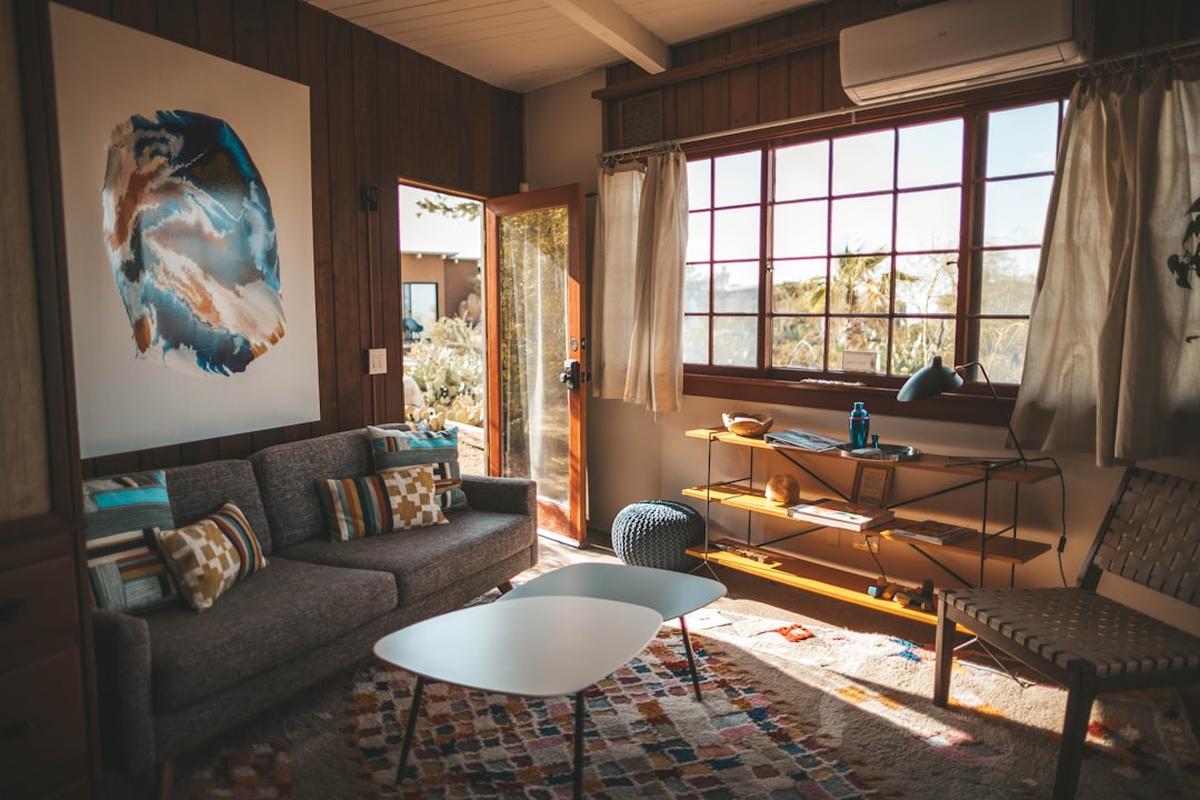For the past few years, I’ve been on a journey to make my lifestyle more eco-friendly. It’s been a process of learning, experimenting, and embracing change, but I can confidently say it’s one of the most rewarding decisions I’ve made. In this article, I’ll share my experiences, insights, and practical tips to help you make your living spaces more environmentally friendly. Let’s debunk some myths, discuss the importance of sustainable living, and explore the small and big changes you can make to live a greener life.
Debunking Myths about Sustainable Living
When I first started my eco-friendly journey, I was met with a barrage of misconceptions. “It’s too expensive,” “It’s too complicated,” “It won’t make a difference.” These are just a few of the myths I encountered. But let me assure you, none of these are true. Yes, some sustainable products can be pricier upfront, but they often save money in the long run. And while it may seem daunting at first, living sustainably can be as simple as making mindful choices in our everyday lives. As for making a difference, every small action adds up. If we all make changes, imagine the collective impact we could have!
The Importance of Sustainable Living
Our everyday actions have a profound impact on the environment. From the energy we consume to the waste we produce, our choices matter. By adopting sustainable practices, we can reduce our environmental footprint and contribute to a healthier planet. But the benefits aren’t just environmental. Living sustainably has improved my health, saved me money, and given me a sense of purpose. It’s a lifestyle that aligns with my values and allows me to make a positive impact every day.
Starting Small: Easy Changes for a Greener Home
Transitioning to an eco-friendly lifestyle doesn’t have to be overwhelming. Start small and gradually incorporate more sustainable practices into your routine. For instance, I began by switching to energy-efficient appliances and starting a compost bin. These changes were easy to implement and made a noticeable difference in my energy bills and waste output. Remember, every little bit helps!
Energy Conservation at Home
Reducing energy usage is a key aspect of sustainable living. Simple habits like unplugging devices when not in use, using natural light whenever possible, and adjusting your thermostat by a few degrees can make a significant difference. I’ve found that these practices not only lower my energy consumption but also create a more mindful and peaceful living environment.
Sustainable Shopping Habits
Making eco-friendly purchasing decisions is another important step towards sustainable living. I’ve found that buying in bulk, choosing organic, and supporting local businesses are great ways to reduce waste and promote sustainability. Plus, these habits often lead to healthier, higher-quality products. It’s a win-win!
Reducing, Reusing, and Recycling
The “three R’s” – Reduce, Reuse, Recycle – are the cornerstone of sustainable living. I’ve made a conscious effort to minimize waste, repurpose items whenever possible, and recycle responsibly. These practices have not only reduced my environmental impact but also decluttered my home and simplified my life.
Eco-Friendly Transportation Options
Traditional car usage is a major contributor to greenhouse gas emissions. By opting for greener transportation methods like biking, walking, or using public transit, we can significantly reduce our carbon footprint. I’ve personally found that biking and walking are not only eco-friendly but also great ways to stay active and explore my community.
Growing Your Own Food
Starting a home garden has been one of the most rewarding aspects of my eco-friendly journey. It’s a sustainable way to produce food, and it connects me with nature. Plus, there’s nothing quite like the taste of homegrown vegetables! If you have the space, I highly recommend giving gardening a try.
The Role of Community in Sustainable Living
Sustainable living isn’t just an individual effort; it’s a community endeavor. By getting involved in local eco-friendly initiatives, we can make a larger impact and foster a sense of community. I’ve participated in community clean-ups, farmers’ markets, and other local events, and it’s been a wonderful way to connect with like-minded individuals.
Overcoming Challenges in the Transition to Green Living
Transitioning to an eco-friendly lifestyle isn’t without its challenges. It can be difficult to break old habits and navigate the myriad of green products and practices. But don’t be discouraged. I’ve faced many obstacles on my journey, but with patience, perseverance, and a willingness to learn, I’ve been able to overcome them.
The Long-Term Impact of Sustainable Living
Living sustainably has far-reaching benefits. It contributes to a healthier planet, promotes wellbeing, and fosters a sense of purpose. In my own life, sustainable living has sparked creativity, simplified my lifestyle, and deepened my appreciation for nature. It’s a journey that’s worth every step.
Conclusion
I hope my journey to sustainable home practices has inspired you to take the first step towards an eco-friendly lifestyle. Remember, it’s not about perfection, but progress. Every small change makes a difference. So, start where you are, use what you have, and do what you can. Together, we can make a positive impact on our planet.
Frequently Asked Questions
Isn’t living sustainably expensive?
While some eco-friendly products may have a higher upfront cost, they often save money in the long run by reducing energy consumption or waste.
How can I reduce energy usage at home?
Simple habits like unplugging devices when not in use, using natural light, and adjusting your thermostat can significantly reduce energy consumption.
What are some eco-friendly transportation options?
Biking, walking, and using public transit are great eco-friendly alternatives to traditional car usage.
How can I get involved in my community’s sustainable initiatives?
Participating in community clean-ups, farmers’ markets, and other local events are great ways to get involved and make a larger impact.
What are some challenges in transitioning to green living?
Breaking old habits and navigating the myriad of green products and practices can be challenging. But with patience, perseverance, and a willingness to learn, these obstacles can be overcome.
What are the long-term benefits of sustainable living?
Sustainable living contributes to a healthier planet, promotes wellbeing, fosters a sense of purpose, sparks creativity, simplifies lifestyle, and deepens appreciation for nature.







